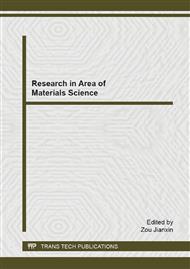p.45
p.50
p.54
p.62
p.69
p.76
p.80
p.89
p.93
Analysis of the Mechanical Behavior of Gravure Inks: Comparing Experiment and Numerical Methods
Abstract:
Gravure inks are frequently applied in multiple layers as prints on packaging materials. The mechanical load exerted on to the combination of the coatings of gravure ink and the package base due to loading, unloading and transportation may develop stresses. The colored inks generally used onto package for printing are white, yellow, magenta, cyan and black consecutively. The primary purpose of the ink layer is visualization of product information and the secondary purpose is to protect the product from change in ambient conditions. These ink coatings are not long-lasting. If the system is not properly designed, these may lead to failure of the coating layers due to mechanical stress. In the present investigation, mechanical properties of free films of different colored inks are measured individually to design proper ink layers on the package. The measured mechanical properties are modulus of elasticity and poisson’s ratio. The mechanical strains developed in the coating layers are also determined by using finite element method. The numerical results are compared with the experimental findings. The main objective of the investigation is to provide better protection of the packaged product leading extended shelf-life of the product.
Info:
Periodical:
Pages:
69-75
Citation:
Online since:
April 2015
Authors:
Keywords:
Price:
Сopyright:
© 2015 Trans Tech Publications Ltd. All Rights Reserved
Share:
Citation:


